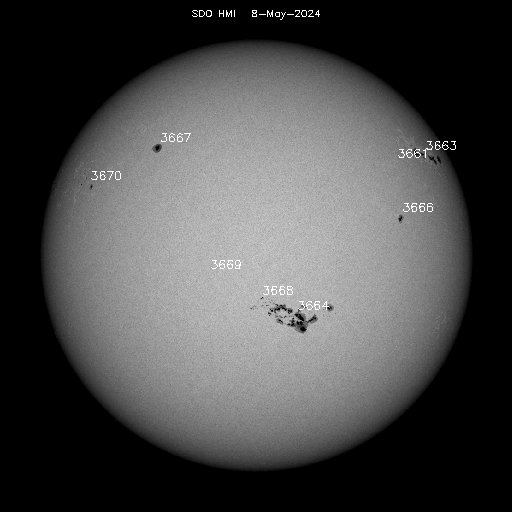On Sunday (2007-06-24 22:30 GMT) and from Majadahonda, I imaged the Moon in UV, RGB and NIR with a C8 and a DSI Meade Camera. I tried to check if the response of different surface materials could be characterized from the Earth surface. For this purpose, the images should be as zenithal as possible. However, due to the date, the images were taken close to the terminator. The false color combination was (Red:NIR; Green:G; Blue:UV). This color was saturated in order to better appreciate the different responses.
The first image shows the Copernicus and Erathostenes craters and it is centered in the large ejecta complex surrounding Copernicus.

The second image is centered in the Montes Apeninnus that separate the Mare Imbrium and the Mare Vaporum. The large crater of the image is Archimedes and the smaller ones are Aristillus and Antolycus.

Using this false color combination, the different surface responses can be discriminated. However, the fact that the images are very closed to the terminator difficults the direct mapping of the surface elements. This could be solved removing the illumination effects using an elevation model or taking the images as close as possible to the full Moon. This last option seems more feasible for testing...




